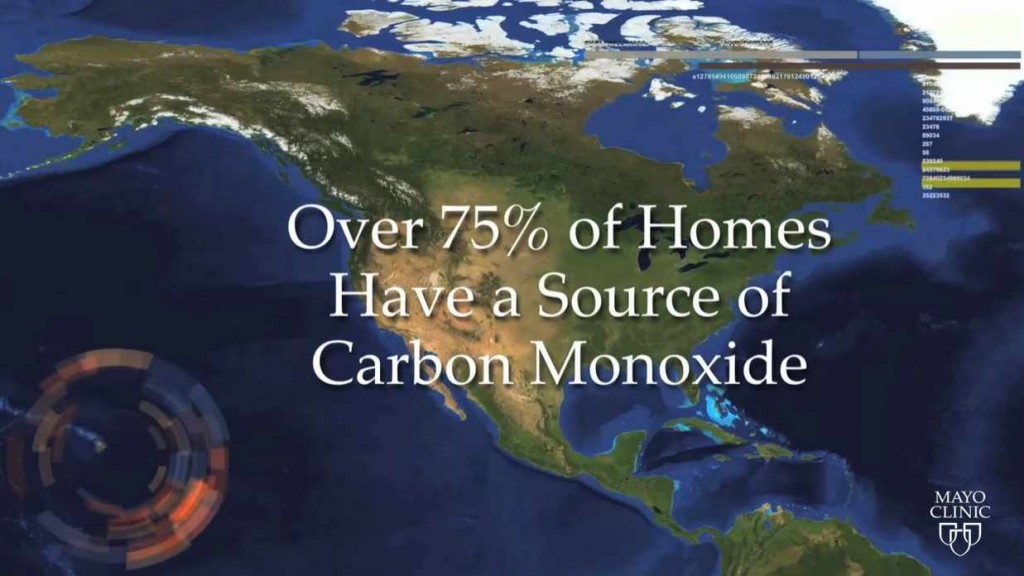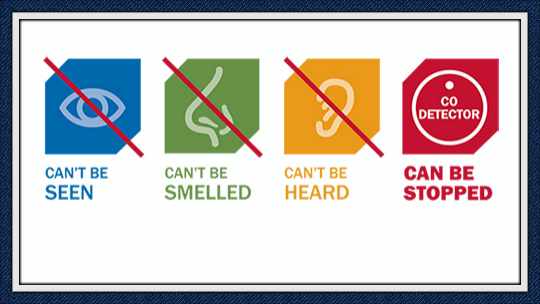-
Featured News
Winter Hazard: Carbon Monoxide Poisoning
 When winter storms hit and the thermometer drops, homes are buttoned up tight as people try to stay warm. Unfortunately, it's also a time when cases of carbon monoxide poisoning rise. The invisible, odorless gas claims about 500 lives each year. Symptoms may include headache, dizziness, vomiting, chest pain and confusion.
When winter storms hit and the thermometer drops, homes are buttoned up tight as people try to stay warm. Unfortunately, it's also a time when cases of carbon monoxide poisoning rise. The invisible, odorless gas claims about 500 lives each year. Symptoms may include headache, dizziness, vomiting, chest pain and confusion.
If you or someone you're with develops signs or symptoms, leave the area and get fresh air immediately. Call 911 for emergency help. Depending on the degree and length of exposure, victims may suffer debilitating injuries, so prompt medical attention can make a big difference in the recovery. 
"It's very important treatment be tailored to the individual because, even though there are common effects of carbon monoxide poisoning, nobody’s injury or impairment is exactly the same," says Mayo Clinic's Dr. Allen Brown, an expert in physical medicine and rehabilitation after brain injuries.
The fumes of any fossil fuel not properly vented can cause problems. Natural gas, oil, wood, charcoal and engine exhausts are common sources in carbon monoxide poisoning. That’s why, in addition to homes, carbon monoxide detectors are often recommended in campers, cabins and ice fishing houses.
Watch this story of a young motocross rider named Wyatt, who was one of the lucky ones after a very close call with carbon monoxide poisoning in the summer months.
Journalists: Broadcast-quality sound bites are available in the downloads.







